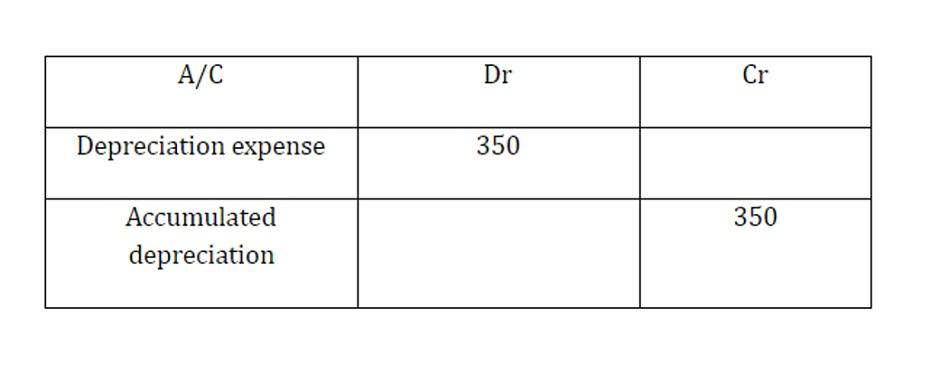
But as a restaurant owner, it’s imperative that you stay on top of your finances to make sure you understand exactly what’s happening at your business. As a new restaurant owner, you might feel it will take restaurant bookkeeping significant time to learn the important things you need to know about accounting for your business. The number of accounting periods a restaurant has depends on the type of accounting period it follows.
- If you are not using financial reporting for your restaurant, then you are running your business blind.
- Just as there is a right way to do restaurant accounting, there is definitely a wrong way.
- Ultimately, the accounting method you choose will depend on your restaurant’s size, structure and financial goals.
- Restaurant bookkeeping with Toast and QBO is by far our most preferred setup.
- You can then upload your invoices to Bill.com to allow your accountant to code them properly.
By tracking the amount of money that flows in and out of your restaurant, you can navigate payment cycles or seasonal trends and prepare for periods when you might need additional funds. It’s essential to regularly track and update your P&L every month, quarter and year. This will help to highlight how your restaurant is performing and to see if any new initiatives have positively or negatively impacted your finances.
Using Technology for Efficient Bookkeeping
The right tools and partners in place make it easier to focus on building great customer relationships to keep your restaurant running for years to come. The availability of your accounting information is a founding aspect of any restaurant’s success and ability for growth. The more information you have quick access to, the more accurate your books will be.
Which provides a snapshot of your restaurant’s financial health so you can make informed decisions about pricing and budgeting. In this article, we will explore the importance of bookkeeping for restaurants and provide you with a comprehensive guide on how to set up and maintain an efficient bookkeeping system. From daily sales reporting to tracking expenses, managing payroll, and analyzing financial statements, we will cover all the essential elements you need to know to keep your restaurant’s finances in order.
Controllable Costs Report
For example, cross-reference sales by menu category to determine the best time to run a half-price appetizer promotion. POS technology allows you to see your financial performance in real-time. At any given moment, you peek at your sales-to-labor ratio or determine if sales are meeting historical averages. These financial snapshots give you the power to take action, in real-time with minimal effort.
It’s important to get a user-friendly system that meets your restaurant’s needs and integrates with your accounting software. A POS system helps you automate tasks such as tracking inventory, creating sales reports, processing customer orders, and employee tips. The first step is to record and keep track of your restaurant’s financial transactions, including expenses, sales, and payments. Make a habit of tracking in real-time any transactions you make and spend time at the end of each day to document them. This method has a shorter learning curve and works when you have fewer items to record since it’s easier to track revenue and expenses. However, it only provides a short-term vision of your financial situation since it doesn’t consider accounts receivable and accounts payable.
Should you outsource your restaurant accounting?
However, whether it’s recording, approving, or paying your vendors – also known as accounts payable – it is both error-prone and time-consuming. One of the best ways to optimize your restaurant accounting is to employ restaurant accounting software and ensure it integrates with your point of sale (POS) system. If you’re looking to manage the bulk of your restaurant accounting in-house, there are many ways to optimize the process to help save time and ensure accuracy. Partnering with an accountant can also help ensure your restaurant complies with regulatory requirements, such as taxation and minimize errors to improve the accuracy of your financial reporting. It’s crucial to regularly review your financial reports to track the progress of your initiatives and ensure they’re positively working towards your goals. If something isn’t working, make any necessary adjustments to your plan to stay on track.

However, the 5 simple steps above will put down the foundation for a solid bookkeeping system. As you grow you will have to continually modify your bookkeeping system to meet your needs. Restaurant financial reporting can be the difference between success and failure. Tracking money owed to suppliers, vendors, and other creditors helps you plan your cash flow needs based on when the bills are due. By mastering accounts payable, you can ensure bills get paid on time while preventing late fees or disgruntled suppliers. The profit and loss or income statement shows the restaurant’s revenue, expenses, and profits over a specific period.
Restaurants with profits over $1 million should rely on the accrual method for accuracy and insight. The beginning inventory is the amount of food you have in your kitchens and storage rooms at the beginning of the period. At the same time, purchases refer to the supplies you purchase in food and beverage orders. Final inventory is the number of supplies you have left when your defined tracking period is over. Depending on the type of restaurant you run, though, costs may be higher or lower. To evaluate the costs, divide the staff into groups of kitchen staff or managers to see which group is costing you more.
- If something isn’t working, make any necessary adjustments to your plan to stay on track.
- Accounting software aggregates your chart of accounts for you and automatically populates reports with the correct information.
- Since your POS logs revenue coming in and much of the money going out of your restaurant (credit card refund, food cost, labor), you can use it to analyze sales and costs.
- The end-of-day sales report gives you your sales by day by category, for food, beverages, sales tax.
